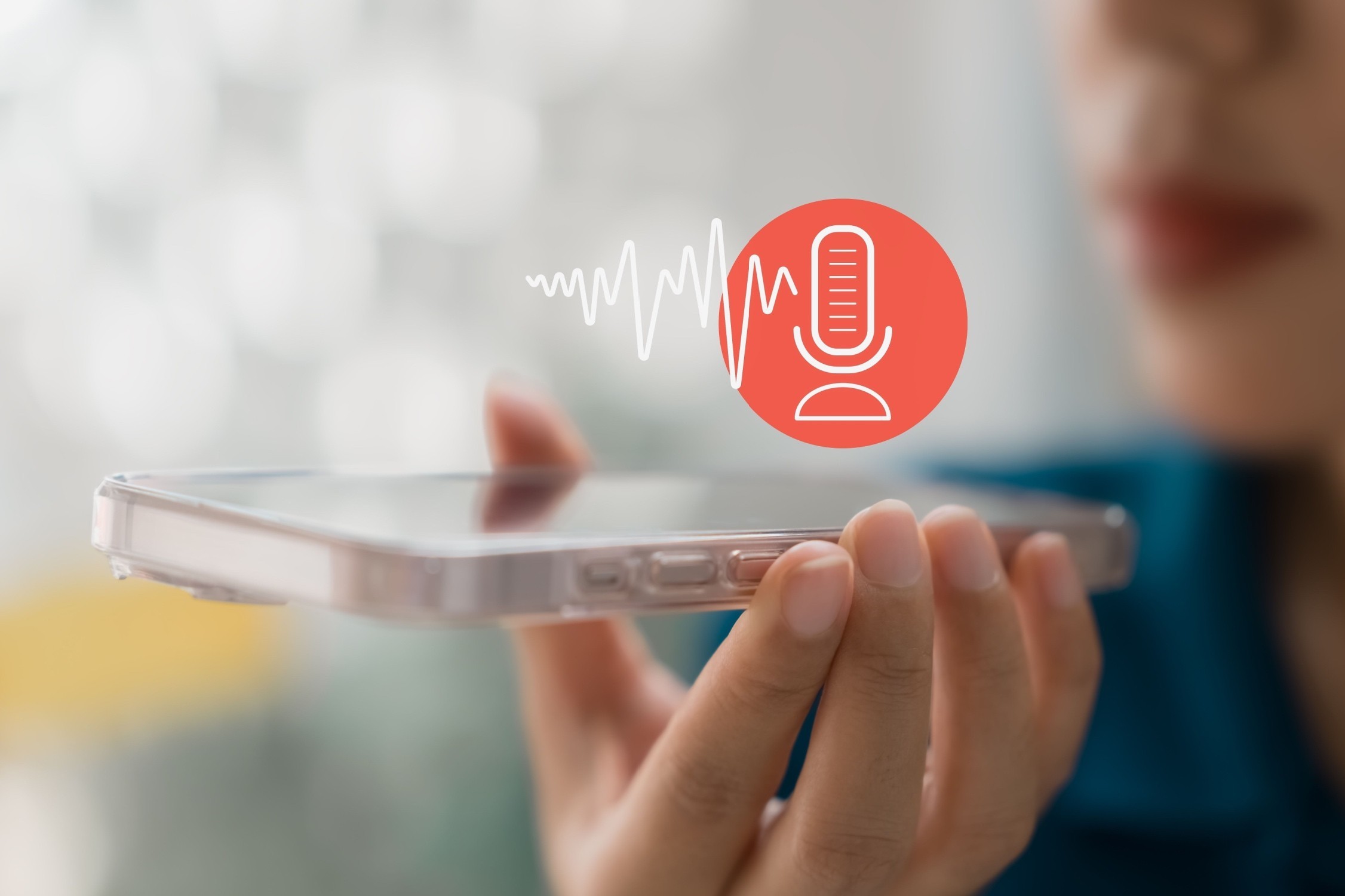Did You Know Your Phone Could Be Eavesdropping on You? The Shocking Truth Revealed!

Imagine this: your trusted smartphone, a device you rely on for private conversations, could be silently leaking your secrets. Sounds like a thriller movie plot, right? But it’s a reality researchers at Penn State have unearthed, revealing that your phone’s vibrations during a call could potentially expose everything being said.
This unsettling discovery raises questions about how secure our communications truly are in this digital age. Once considered nothing more than a handy tool for communication, smartphones are now grappling with the darker side of technology – surveillance. The team has explored how these silent signals might give away snippets of our conversations, highlighting the delicate balance between technological advancement and personal privacy.
A New Form of Surveillance
The term “wireless-tapping” might sound straight out of a spy novel, but it’s a growing concern in our everyday lives. Researchers demonstrated a fascinating yet alarming capability: transcribing phone conversations by detecting tiny vibrations from a cellphone’s earpiece. By utilizing radar measurements from up to three meters away, they achieved an impressive transcription accuracy of about 60% with a vocabulary of 10,000 words. Although there’s room for improvement, this research underscores the potential risks facing our personal privacy.
This study builds on earlier work from 2022, where the team used radar sensors and advanced recognition software to identify specific words and numbers with a staggering accuracy of up to 83%. The science is evolving, but so too are the threats to our privacy.
Capturing Phone Vibrations with Radar
“When we talk on a cellphone, we tend to ignore the vibrations that come through the earpiece and cause the whole phone to vibrate,” said Suryoday Basak, the lead author of the study and a doctoral candidate in computer science. It’s true! We often overlook the very device that connects us to the world could be the source of our unintentional exposure.
By capturing these vibrations using remote radars and incorporating machine learning, Basak and his team can piece together conversations using context clues. This innovation is both groundbreaking and chilling: it shows the possible misuse of technology, even when it’s designed for good.
Wireless Tapping with AI Adaptation
“Over the last three years, there’s been an explosion in AI capabilities,” said Basak, emphasizing the rapid evolution of technology. The researchers utilized an AI-powered speech recognition model called “Whisper,” adapting it to interpret radar data into readable conversations. Instead of starting from scratch, they fine-tuned just one percent of the model’s parameters to cater to the unique challenges of radar data.
This clever approach significantly enhanced the system’s effectiveness without the need for hefty computing resources. It’s a classic example of ingenuity in the face of potential threats.
Phone Vibrations to Transcriptions
To test their hypothesis, the team placed a millimeter-wave radar sensor near a phone while a conversation played through the earpiece. The radar detected surface vibrations, allowing the AI to convert these signals into text with about 60% accuracy. And with manual corrections based on context, that accuracy improved!
“The result was transcriptions of conversations, acknowledging the possibility of some errors. This was a significant leap from our 2022 findings,” Professor Mahanth Gowda noted. Even partial recognition of keywords can be beneficial in security contexts, revealing just how advanced this technology can become.
Comparisons to Lip Reading
The researchers likened their model to lip reading, where individuals can interpret about 30% to 40% of spoken words. By merging partial recognition with contextual understanding, crucial insights can still be gleaned. “Much like how lip readers utilize limited information to interpret dialogues, our model can infer parts of a phone conversation from several meters away,” Basak explained.
Ultimately, their objective was to determine if these tools could be exploited for eavesdropping. The findings suggest that it’s feasible under specific conditions, raising crucial awareness about how we conduct sensitive conversations. As technology continues to evolve, we must remain vigilant about the potential risks.
Supported by the U.S. National Science Foundation, this groundbreaking study was presented at the Proceedings of WiSec 2025: 18th ACM Conference on Security and Privacy in Wireless and Mobile Networks.
























